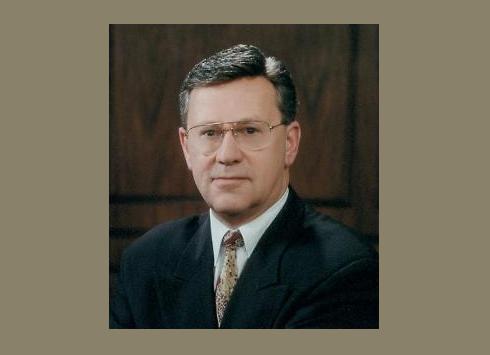ROI is All in the Execution, Not Just in the Allocation - Bill Harvey - MediaBizBlogger

Contemplating the thoughts I shared with you two weeks ago, I started to wonder which would have a greater effect on ROI, how well you are allocated across broad media types (what I called portfolio management), versus how well you execute within each of those media types.
Being a researcher and not a betting man I had no answer. I haven't seen any empirical evidence.
Then a connection happened. I remembered that during the recent economic swoon, in debriefing with financial advisors, our family discovered that we were fine in terms of the diversification of the portfolio – it was in all the right categories – but we still lost a bundle. Portfolio management right, outcome still wrong. Portfolio management didn't do the whole job that needed to be done.
I wonder if the folks who do their own company-level research themselves have a higher ROI than those of us who rely on financial advisors who look mostly at sectors and only sparingly (perhaps relying on what others say) at the specific companies in which the investment goes.
Translating this to marketing, it is, I now realize, all in the execution. It isn't the percentage that we put into television. It's the drilldown dogwork planning and execution that makes it work. It's in the talent and quality that's brought to that. And the teamwork and culture that lets it happen.
Why is that?
It's because of the nature of a campaign. A campaign is a show-business-style psychological event.
A company through its agency partners is reaching out to say hello to the public in a way that the advertiser hopes will be appreciated, and responded to, with not applause but purchases. It's that difference between the applause and the purchases that is the only difference between marketing and show business.
In both cases, the message is crafted so as to evoke Resonance in the largest possible segment of the target audience. The intention is to cascade from Resonance through Engagement to either Purchase or Applause.
Because marketing is so psychological, it actually matters what the message says, and how well it flows from its media environment into resonance. The tactical details are also important -- which companies to invest in within a portfolio sector. Which TV shows to appear in. Whether to produce traditional ads or to integrate the product into shows, or a combination of both.
As in show business, success lies not in having a great idea for an act, or having good management for the act, but in the act itself.
The act depends on the talent. The same is true in marketing.
One key difference is that a great act can overcome bad management, whereas talented marketing people can be mismanaged into impotency.
Marketing being psychological is not the accepted way of looking at things.
Marketing is looked at as an assembly line, producing and refining ideas and turning them into messaging and branding and metrics and ROI.
Assembly lines are not the best environment for producing the ideas that turn into ROI. Much marketing is so non-psychological that it has very little of the intended effect whatsoever.
Some is brilliant and leads to ROI and long-term brand equity.
It all depends on the execution, not only on the media type allocation of budget. This is why singlesource is so important.
With Marketing Mix Modeling (MMM), the industry has been doing a great job of allocating the marketing budget. Now all of us have to go one step further, and optimize deeper down into the marketing pie wedges, one at a time or all at the same time, whatever our enterprise can actually achieve.
The reason that is now possible for the first time in TV is singlesource. It's an idea that has been obvious in marketing/media research since the days of Alfred Politz, when it was only a dream. People like Colin McDonald and Bill McKenna brought the dream into reality and Apollo validated that it works. Today TRA is carrying its banner in the U.S. Like the earlier incarnations of singlesource, data is retrieved from the same household for both media exposure and purchase.
It is immediately apparent why one would want to have this link. Now one can do as a scientist does and actually learn something about the show-business-type phenomenon called marketing, in which we have been investing.
One can see the correlations and even do controlled experiments to prove causations. It is a low noise system, without self reported data, just factual data from meter reading type activities.
As Advertising Age just reported in its article "Package-Goods Brands Lose Loyalists in Recession" (http://adage.com/article?article_id=137436), the recession has brought brand loyalty down another notch, and brand switching is up, which only adds importance to TRA's identification of the Heavy Swing Purchasers (HSPs) who account for over 80% of TV's sales effect. Locating these right eyeballs program by program is critical because by limiting buys to programs which reach a brand's HSPs, ROI increases on average over 70% in cases to date.
By leveraging huge digital databases, the industry has the ability to match cause and effect in ways never before seen. This opportunity only accelerates with the TV digital conversion which occurred on June 12th. Now the TRA Digital Universe is the total U.S. universe – the world has caught up with us.
The marriage of MMM and SS will bring about a period in which not only the portfolios will be right, the execution within each silo will be right as well.
Bill Harvey has spent over 35 years leading the way in the area of media research with special emphasis on the New Media. Bill can be contacted at bill@traglobal.com.
Read all Bill’s MediaBizBlogger commentaries at Bill Harvey - MediaBizBlogger.


